#bermuda petrel
Text

A Bermuda petrel biting a wildlife conservationist
By: Unknown photographer
From: Natural History Magazine
1951
199 notes
·
View notes
Text
BOTD: Bermuda Petrel
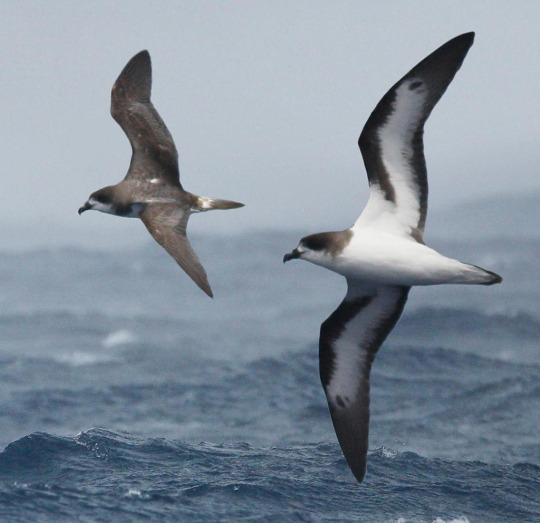
^Image credit: Richard Crossley
Bermuda Petrel (Pterodroma cahow)
As of making this post, the Bermuda Petrel is the second rarest seabird on the planet. Also known in Bermuda as the Cahow, it was believed to be extinct for 300 years until eighteen nesting pairs were found in 1951. Female Bermuda Petrels lay only one egg per breeding season, with 40-50% of these eggs failing to hatch.
#birds of bermuda#bermuda petrel#bird of the day#pterodroma cahow#rare birds#bird extinction tw#seabirds#sea birds#seabird#petrels#remarkable recoveries#birds#birding#birdwatching#water birds#bird#bird watching#bird photography#bird facts#ornithology#cahow
96 notes
·
View notes
Text
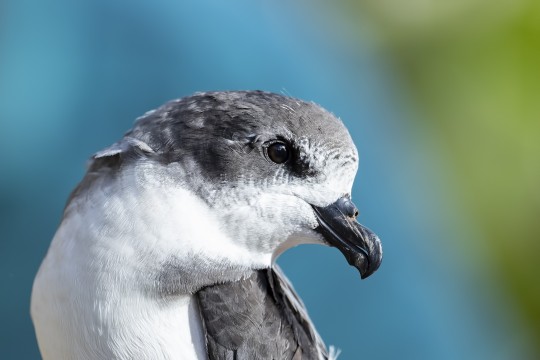
[748/10,977] Bermuda Petrel - Pterodroma cahow
Also known as: Cahow
Order: Procellariiformes (tubenoses)
Family: Procellariidae (petrels, prions and shearwaters)
Genus: Pterodroma (gadfly petrels)
Photo credit: Larry Master via Macaulay Library
21 notes
·
View notes
Text

Juan Bermúdez fue un navegante español del siglo XVI nacido en la localidad onubense de Palos de la Frontera Huelva. Su fama se debe principalmente al descubrimiento de las islas Bermudas, que recibieron ese nombre en su honor. Se desconoce la fecha de su nacimiento Juan Bermúdez formó parte de la expedición de Cristóbal Colón que partió del puerto de Palos de la Frontera el 3 de agosto de 1492 y que realizó el descubrimiento de América el 12 de octubre del mismo año, viajando a bordo de La Pinta, carabela capitaneada por el navegante y explorador Martín Alonso Pinzón. También formó parte su hermano Diego Bermúdez, a bordo de la nao Santa María, y que contaba con 12 años de edad En uno de sus viajes de vuelta a casa desde el nuevo mundo, Bermúdez capitaneaba a La Garza, embarcación que formaba parte de la flota española, cuando una tempestad le desvió hacia el norte y se encontró con la isla. Sin embargo, los arrecifes que complicaban el acceso, y el sonido de los pájaros anidando en la costa (Pterodroma cahow o Petrel de Bermudas, hoy pájaro nacional de las islas) El año en el que Bermúdez descubrió las islas es sobre 1505 debido a que en la obra del cronista de Indias Pedro Mártir de Anglería llamada Legatio Babylonica, publicada ese año, incluía una isla llamada La Bermuda entre las islas representadas en el océano Atlántico Fuente Instituto Histórico de Marina.
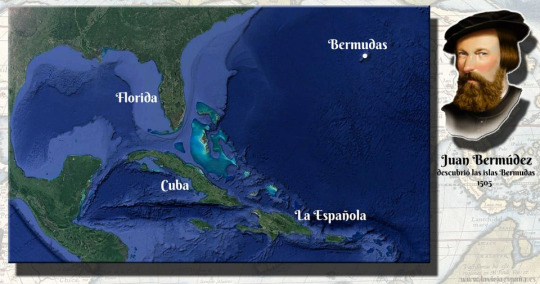

0 notes
Photo
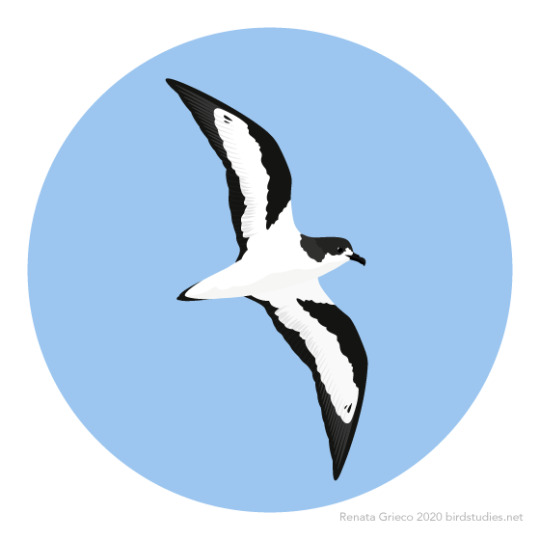
February 4, 2020 - Bermuda Petrel or Cahow (Pterodroma cahow)
Breeding in Bermuda, these petrels spend the rest of their time at sea in parts of the western Atlantic Ocean. Thought to be extinct by 1620, after humans brought hogs, rats, cats, and dogs to their breeding islands and hunted them for food, they were officially rediscovered in 1951. Though little is known about their diet, they may eat squid, small shrimp, and small fish, probably capturing prey at or near the surface of the water like similar species of petrel. They nest colonially in burrows or crevices, where females lay a single egg in a scrape sometimes lined with plant materials. Classified as Endangered by the IUCN, their population is estimated at around 200 adult birds, but due to successful conservation efforts, it is predicted to continue to increase.
64 notes
·
View notes
Photo
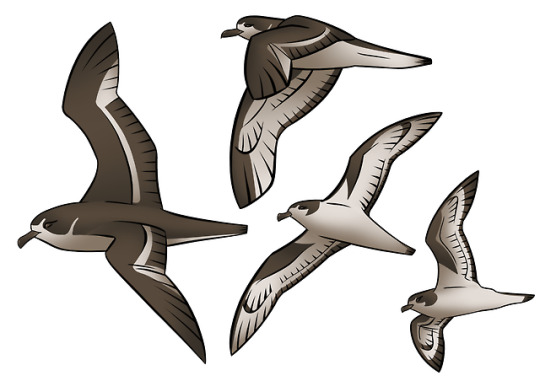
Cahows! I drew them for my final exhibition piece in my “Transcultural Collaboration” class last semester.
We all had to pick something important to our culture and make a piece about it. I chose the cahow, since they’re endemic to Bermuda and we thought that we had hunted them to extinction decades ago. There’s currently a big conservation/restoration project to help bring the population back up!
4 notes
·
View notes
Photo

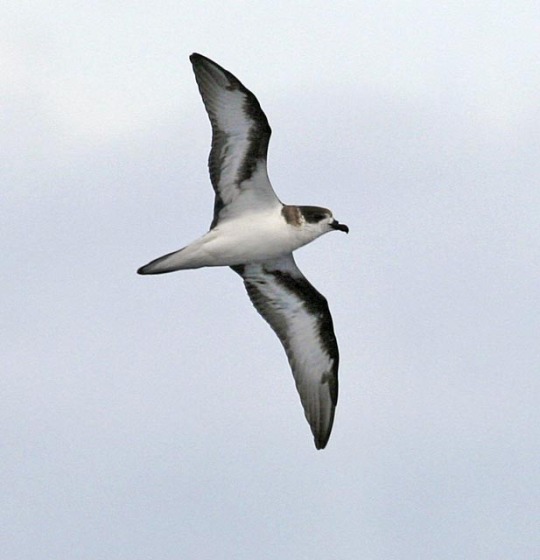


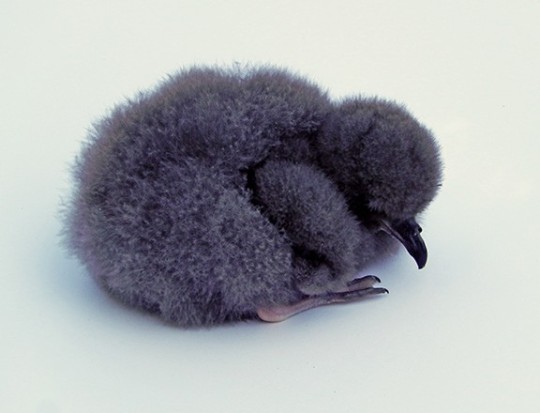
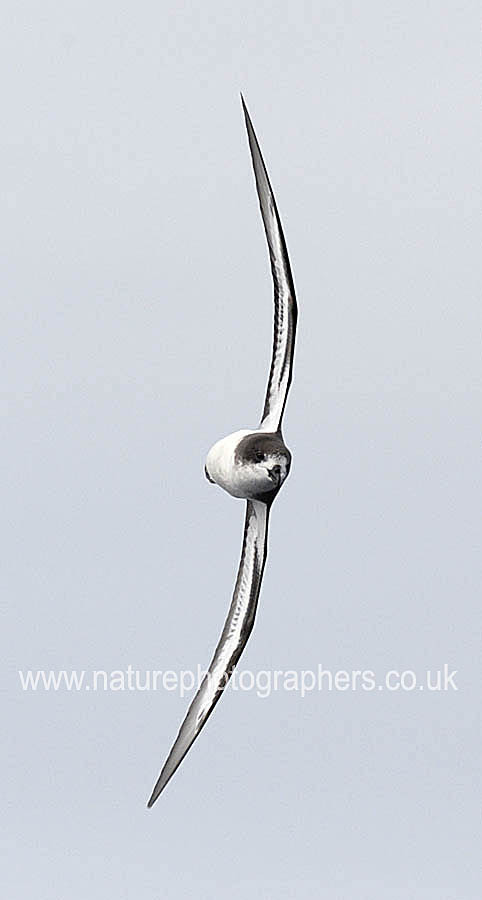
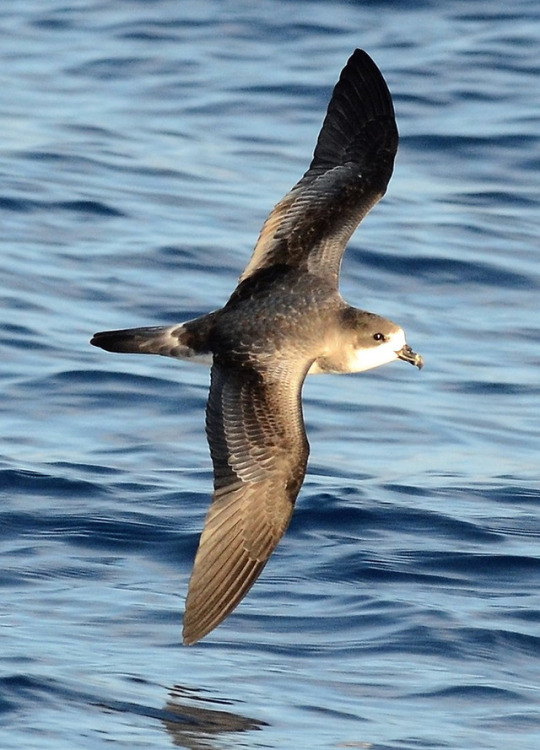
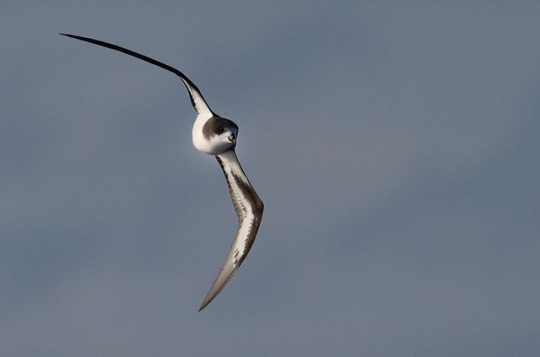
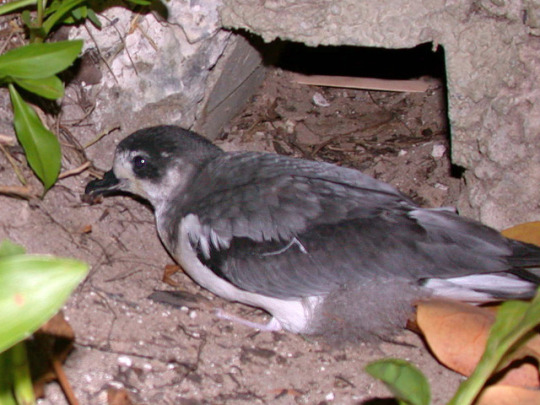

Bermuda Petrel
The Bermuda petrel (Pterodroma cahow) is commonly known in Bermuda as the cahow, a name derived from its eerie cries. This nocturnal ground-nesting seabird is the national bird of Bermuda and can be found on Bermudian money. It is the second rarest seabird on the planet and a symbol of hope for nature conservation. For 300 years, it was thought to be extinct. The dramatic rediscovery in 1951 of eighteen nesting pairs made this a "Lazarus species", that is, a species found to be alive after having been considered extinct. A national program to preserve the bird and restore the species has helped increase its numbers, but scientists are still working to enlarge its nesting habitat on the restored Nonsuch Island.
The cahow is a slow breeder, but excellent flier. It visits land only to nest and spends most its adult life on the open seas ranging from the North Atlantic coastal United States and Canada to waters off western Europe. After 3–4 years at sea, males return to breeding islands to create nests. Females return after 4–6 years at open sea looking for a mate. Cahows mate for life and typically return to the same nest each year. They nest in underground burrows and only the ones that can be in complete darkness are chosen. Females lay one egg per season and 40% to 50% fail to hatch.
The Spanish sailors of the 1500s used Bermuda and its surrounding islands as a waypoint for their raids against the Incas and other civilizations. At that time, cahows were abundant and formed dense, noisy colonies. These sailors, as Diego Ramirez writes in 1603, would take up to 400 birds a night for food. In addition to eating birds, conquistadors brought hogs to the island to sustain themselves over their voyage. These hogs decimated the ground-nesting cahow, rooting up their burrows, eating eggs, chicks and adults and disrupting their breeding cycle.
Bermuda's colonization by the English introduced species like rats, cats and dogs, and mass killings of the birds for food by these early colonists decimated the numbers of birds. The remaining cahow population also decreased due to widespread burning of vegetation and deforestation by the settlers during the first 20 years of settlement. Despite being protected by one of the world's earliest conservation decrees, the governor's proclamation "against the spoyle and havocke of the Cohowes", the birds were thought to have become extinct by the 1620s.
Cahows typically eat small fish, squid and shrimp-like crustaceans. Special glands in their tube-like nostrils allow them to ingest seawater. These glands filter out the salt and expel it through sneezing.
The Bermuda Petrel's re-population has explicitly increased and is approximated that the population doubles every 22 years, but there are still clear-cut inhibitors on its path to recovery. The Petrel's vulnerability has drastically increased because of substantial damage to its habitats and nesting sites by tropical storms and climate changes. Its recovery has been hampered by competition from White-tailed Tropicbird (Phaethon lepturus) for nest-sites and subadult predation from a single snowy owl (the first ever recorded in Bermuda) on Nonsuch Island, which was eradicated, having eaten 5% of the population. Light pollution from a nearby airport and NASA tracking station adversely affects nocturnal aerial courtship.Another major issue with nests is competition with other birds in the area. To fix this issue, artificial dome nests were created for tropicbirds along areas, not used by the Bermuda Petrel, and by applying wooden baffles over the entrances of petrel burrows. These baffles only allow petrels to enter, keeping the competition of tropicbirds out.
#bermuda petrel#cahow#lazarus species#critically endangered#seabird#underground nests#source: google
411 notes
·
View notes
Photo
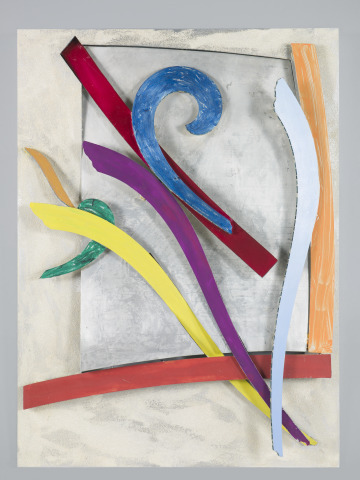
Bermuda Petrel, Frank Stella, 1976, Saint Louis Art Museum: Modern and Contemporary Art
https://www.slam.org/collection/objects/40454/
10 notes
·
View notes
Photo
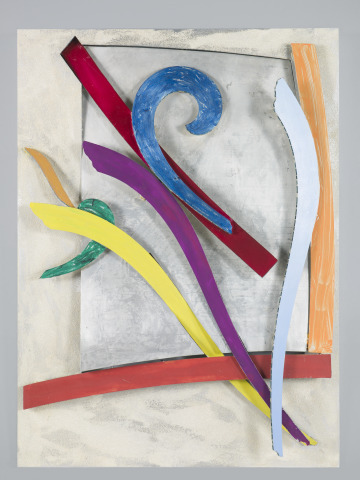
Bermuda Petrel, Frank Stella, 1976, Saint Louis Art Museum: Modern and Contemporary Art
https://www.slam.org/collection/objects/40454/
53 notes
·
View notes
Text
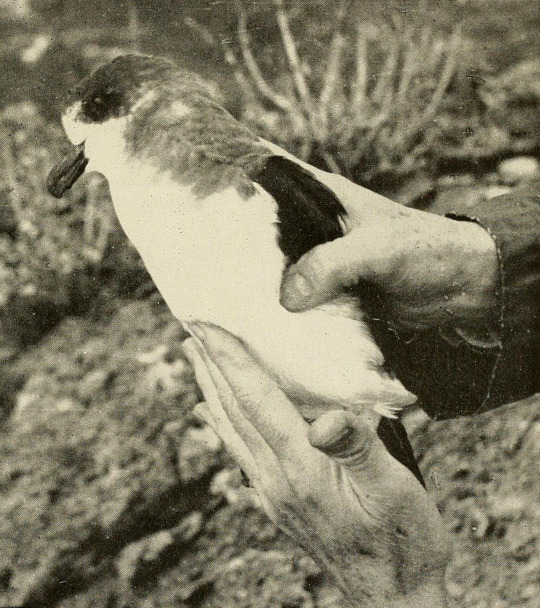
Bermuda petrel
By: Unknown photographer
From: Natural History Magazine
1951
27 notes
·
View notes
Photo

The Bermuda petrel was thought to have become extinct by the 1620s. Over 330 years later, 18 nesting pairs were discovered in 1951, which made it a "Lazarus species,” which is a species found to be alive after having been considered extinct. Over the years, conservation efforts have helped to increase their numbers.
217 notes
·
View notes
Note
There's a whole taxon of species that have been thought to be extinct but which popped up again!
They're called Lazarus species, I adore reading about them.
Coelacanths and Bermuda petrels definitely have a special place in my heart❤️
Lazarus species are amazing, I remember when I first hear about them as a kid. Definitely worth reading up on them every so often as more and more of them seem to pop up.
My favourites are species of frogs that suddenly appear in peoples gardens.
5 notes
·
View notes
Photo
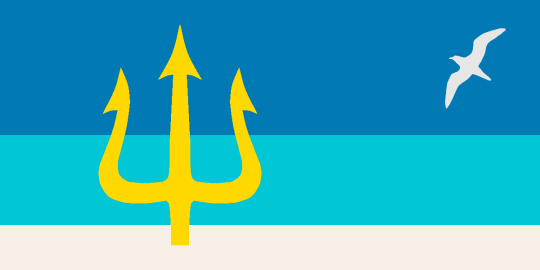
Flag of Bermuda
from /r/vexillology
Top comment: Just a design I made up. The darker blue is the sky, teal blue represents the waters around Bermuda, the whitish color is the sand, a trident to further represent Bermuda's ties with the ocean, the trident being bright yellow to represent the sunny weather of the island, and a Bermuda petrel silhouette (their national bird). Of course they'd never change their flag as a territory of the UK but if they ever became independent or annexed to say Canada or the US, the flag could change.
19 notes
·
View notes
Photo

Bermuda
Overhead when white birds sailed
Across the sky, long yellow tails
Dazzling in her golden sun
Unnoticed by hardly anyone
Tobacco grew across her isles
And primeval cedar stretched for miles
Her pink sand beaches all a’glittered
The green skinks carelessly skipped and skittered.
Then storm roiled on in raging night
And orphaned sail-ship could not ‘right
With wind and water swirling 'round
The once-forbidden reef was found.
Petrels cried out in the dark
Frightening storm-wracked settlers who disembarked
Whilst bats whirled out of crystal caves
The ‘Venture dragged under churning waves.
Even far-off Shakespeare heard its tale
Of angry tempest and gusting gale.
Over time and in despair
The devil’s isles have claimed their share
Of shipwrecks ‘neath their cursed lair
And victims whom have paid their due
To shades of brilliant cerulean blue.
But not Deliverance, who set free
Bound for Virginia colony
Left 3 souls to forever lie
Beneath her lovely azure sky.
Then came palms a’planted in her sand
And soldiers, heavy muskets in hand,
Whitewashed churches in St. George
They stood watch above her blushing shores
And colonists from west and east
Explored her shipwreck’d coral reefs
And wore their shorts above their knees
To catch the windward wafting breeze;
Their houses awash in pastel shades
Relaxed in tranquil sun-lit haze.
But when in lonely future times
When water level slowly climbs
The rising seas will never tell
What land they’ll claim with surf and swell
And when in lonely future days
With shore awash in rising waves
She’ll stand guard valiant, ever brave
Above the inauspicious waves
Her pink sand shores no longer a’glitter
Her skinks will no more skip or skitter
Her dolphins will head back out to sea
As she’s engulfed by her relentless enemy.
And for a while the birds will sail
Across the sky, long yellow tails
Glowing in the setting sun
Never again seen by anyone.
Alone, surrounded by menacing ocean deep
She’ll keep watch from her old stone keep.
2 notes
·
View notes
Note
the fluffy birb - bermuda petrel :)
I love this creature! Thank you.
1 note
·
View note
Text
tagged by @windsweptlassie !!
nickname: uhhh leo
zodiac: also leo
height: 5′6″ shortest sibling :(
last movie i saw: im watching solo on netflix and i hate it. but i will see it to the end
last thing i googled: rifleman khan. please look him up. good dog
favorite musician: erm. we just don’t know
song stuck in my head: loch lomond
other blogs: this is it lads
do i get asks: sometimes but i am friendly please send more. tell me to draw stuff. i beg.
following: 120
followers: 157
amount of sleep: usually around 8 hours.
lucky number: 3 and 15
what i’m wearing: le petit prince tshirt, grey sweater, tall black boots, jeans (currently soaked, its raining really hard), red jacket (not waterproof im very wet right now), and a watch
dream job: something in filmmaking. directing or writing. or something involving animals and conservation
dream trip: scotland
favorite food: Bread pudding!!!
play any instruments?: flute!
language: English, French (I can read french, i hate speaking it)
favorite songs: uh we just don’t know
random facts: i write a lot. like a lot a lot. multiple 400+ page drafts of multiple stories. I saved not one, but two, old housepets from being hit by cars this december. i have seen a bermuda petrel in real life.
describe urself as aesthetic things: nature, history, wildlife, wild places. look i don’t know how to describe it just look at my ‘what an aesthetic’ tag
as usual i don’t know who to tag, but thanks for tagging me!
2 notes
·
View notes